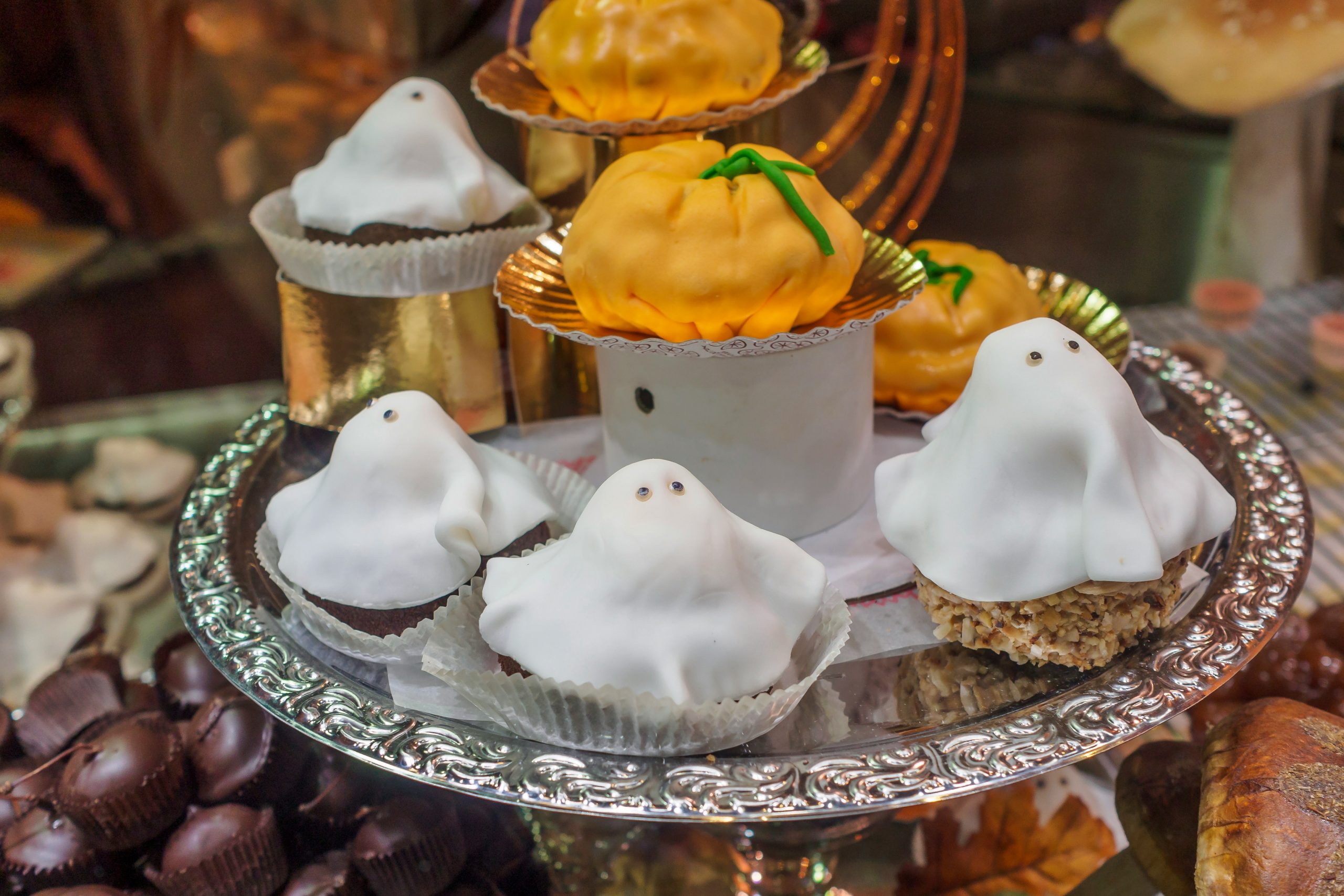Every October, international students encounter one of the most visually striking and sometimes confusing cultural celebrations in the States: Halloween.
Pumpkins appear on doorsteps, skeletons hang in windows, and people of all ages dress up as everything from superheroes to zombies. For many students, this season raises a lot of questions:
“Why do Americans celebrate this?”
“Is it a religious holiday?”
“Should Christians take part in it?”
As IFI volunteers and partners, this season gives us a unique opportunity to connect, educate, and model a Christ-centered perspective on culture.
🕯️ The Roots of Halloween
Halloween has ancient origins in the Celtic festival of Samhain (pronounced ‘sow-in’), which marked the end of harvest and the start of winter.
The Celts believed that on October 31, the barrier between the living and the dead was thin. As a consequence, they decided to light bonfires and wear costumes to ward off spirits.
Centuries later, when Christianity spread through those regions, the Church placed All Saints’ Day (All Hallows’ Day) on November 1: a day to honor those who had died in the faith. The night before became All Hallows’ Eve, later shortened to Halloween, and over time, these traditions merged, creating a mix of Christian remembrance and folk custom.
When Irish and Scottish immigrants brought these traditions to the U.S. in the 1800s, the focus shifted. Halloween gradually became a secular community celebration; less about spirits, more about costumes, candy, and fun.
✝️ How Christians View Halloween
Because Halloween blends both dark folklore and Christian remembrance, followers of Jesus can choose to respond to it in different ways:
- Some choose to avoid it altogether, focusing instead on prayer or quiet family time.
- Others redeem it by offering light in the darkness: welcoming neighbors, hosting fall events, or joining conversations about faith and culture.
- Many churches use Halloween as an outreach opportunity, hosting “Trunk-or-Treat” events, “Light Parties,” or “Harvest Festivals.”
However one chooses to participate, the key is intentionality, reflecting the love of Jesus and hospitality through our words and actions.
🌍 Why Halloween Can Feel Confusing for International Students
For students arriving from cultures where Halloween isn’t celebrated, this holiday can feel:
- Strange — “Why are people dressing like ghosts or monsters?”
- Unsettling — “Is this about evil spirits?”
- Intriguing — “Can I participate or would that be wrong?”
This confusion often opens doors for meaningful spiritual conversations. Students’ curiosity about Halloween provides a chance to discuss the difference between superstition and faith, the Christian view of death and the afterlife, and how Jesus conquers fear and darkness.
It’s also a natural time to demonstrate friendship by explaining cultural traditions, helping them feel included, and creating positive, welcoming experiences.
💡 Practical Ways to Engage During Halloween
Here are a few ideas to help you connect with international students this season:
1. Be a Cultural Guide
Explain the history and meaning behind what students see: costumes, pumpkins, trick-or-treating, decorations. Help them understand that for the majority of Americans, Halloween today is largely a fun, social holiday, not a religious one.
2. Offer a Safe, Friendly Space
Host a pumpkin carving night, baking party, or fall-themed dinner. Emphasize community, creativity, and light rather than fear or darkness.
3. Be Sensitive to Different Backgrounds
Students from some religious or cultural backgrounds may feel uncomfortable participating. Respect their boundaries, and reassure them that it’s okay to simply observe or opt out.
4. Point to Hope, Not Fear
If questions about death, spirits, or evil arise, share how Jesus brings light, peace, and victory over darkness (John 1:5). Let your hospitality illustrate this truth more than your words.
5. Use Church and Community Events
Invite students to family-friendly alternatives like harvest festivals or trunk-or-treats, where they can safely experience American culture and meet local families.
📚 Resources You Can Share
Bible Verse for Reflection:
“Do not be overcome by evil, but overcome evil with good.” – Romans 12:21
Cultural Insight Video:
Search YouTube for “History of Halloween (National Geographic)” or “The Story Behind Halloween for Kids” to show during small groups or student gatherings.
Discussion Questions:
-
- What surprises you most about how Americans celebrate Halloween?
- What do people in your country believe about spirits, death, or the afterlife?
- How do you think followers of Jesus can respond to fear in the world?
🌟 A Season for Friendship
Halloween can easily become a night of darkness and isolation… BUT we can make it into a season of light and connection. When volunteers open their homes, share a meal, or explain traditions with kindness, they demonstrate what true friendship and hospitality looks like.
This fall season, let’s do just that: welcome students with warmth, curiosity, and the hope of Christ.



